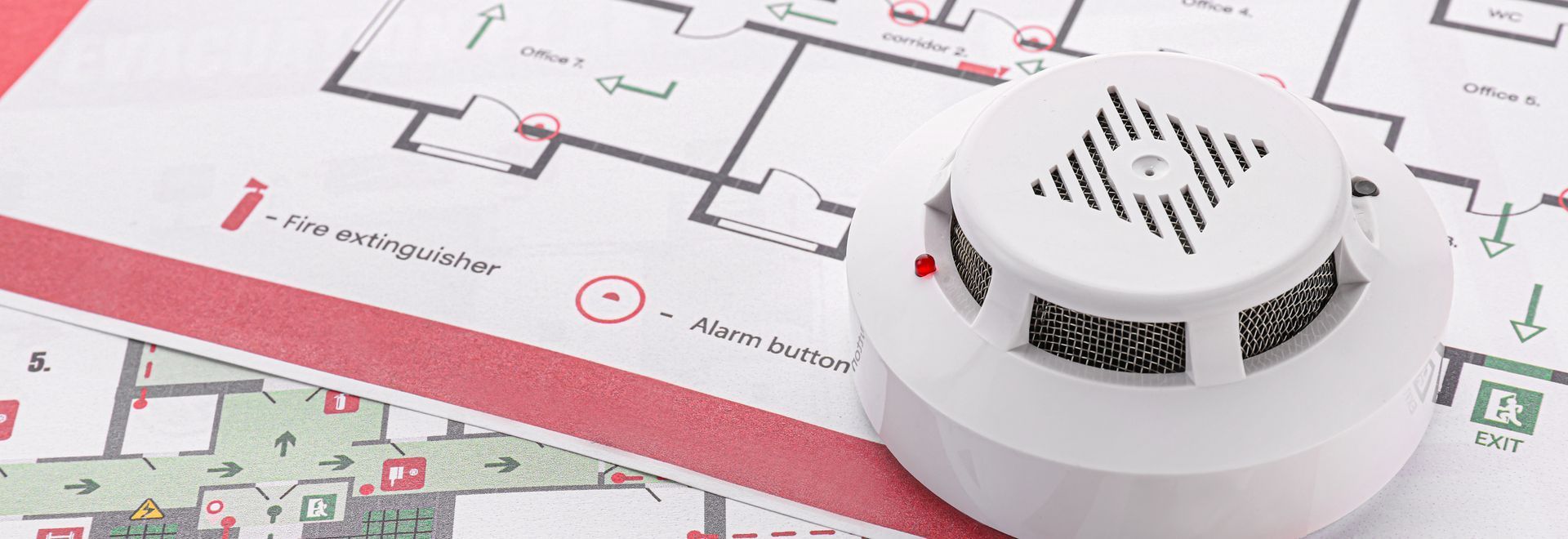Solution: Pollutant and impurity detection
Solution: Pollutant and impurity detection
Pollutant and impurity detection
Pollutant and impurity detection
During the demolition, dismantling and renovation of buildings, contaminated building materials are produced that require special ecological, health and safety measures in the interests of sustainable resource management. During the exploration of buildings, components with pollutants that are often already banned today must be identified and removed before demolition.
The aim of the Recycled Building Materials Ordinance is to ensure the quality of recycled building materials. Hazardous waste must be separated from non-hazardous waste during construction and demolition activities. This often involves the following pollutants:
- Asbestos
- artificial mineral fibers (KMF)
- CFCS
- HBCDD
- polycyclic aromatic hydrocarbons (PAHs)
- polychlorinated biphenyls (PCBs)
- Hydrocarbons
- Wood preservatives such as PCP and lindane
The responsibility to identify and remove these harmful or hazardous substances before demolishing a building lies with the building owner. The documentation must be kept for at least seven years.
Procedure for a comprehensive investigation of harmful and hazardous substances in accordance with the law and standards?
- On-site pollutant investigation based on the results of the survey of historical documents (such as notices from building or trade authorities). Samples are also taken of materials suspected of containing pollutants. These are then analyzed in a laboratory to clarify the suspicion and the results are documented in detail.
- On-siteinvestigation of contaminants: Contaminants are materials that would interfere with the planned recycling of building materials, such as plaster, glass, metals or wood. These are recorded and documented in addition to the pollutants.
- Preparation of a dismantling concept: The dismantling concept must describe the type, scope and organization of the demolition, regulate the tasks, measures and areas of responsibility of the parties involved and define the organization of the dismantling or demolition in the various phases.
- Final inspection to determine the release status: Upon completion of the deconstruction of hazardous and interfering substances, its complete implementation must be documented and confirmed by means of an inspection.
Our services:
- orienting investigation according to ÖNORM B3151
for > 750t construction/demolition waste and <3,500m³ enclosed space - comprehensive pollutant and contaminant investigation in accordance with ÖNORM EN ISO 16000-32
for > 750t construction/demolition waste and >3,500m³ enclosed space















